The Climate Prediction Center released their monthly El Nino discussion this past week. They continue to forecast a greater than 90 percent chance of an El Nino this winter. They’re also now expecting El Nino to stick around into the spring of 2016. I’ll spare you the technical details of how these forecasts are created. Observations from the Pacific Ocean continue to indicate a significant and strengthening El Nino. You may have seen news articles this past week indicating the upcoming El Nino could be ‘godzilla’ or record-breaking. In all honesty that is something to look back on rather than try to forecast. El Nino should be quite significant this winter regardless of if its a record-breaking event or comes in second place.
We saw a very wet May and June across Texas but July and August (so far) have been the exact opposite. The good news is we should see rain in areas that need it most this week as an unseasonably strong jet stream dips south. El Nino is not expected to cause substantial temperature or precipitation impacts this summer or early fall. However we should see increasing impacts in the late fall and winter months. Along with the current El Nino the Atlantic remains devoid of tropical systems while the Pacific is having a very active year.
Just like everything else in weather each El Nino event can be unique. Historically, El Nino events typically bring increased precipitation and average to below average temperatures. There are exceptions and a select few past events have been anomalies in the sense that we didn’t see above average precip. Temperatures will not always be cold. As we’ve all experienced this summer we can have above-average temperatures. Likewise it’s not going to be wet all winter.
Lets talk about the winter weather aspect of El Nino for Texas. Usually Texas will see at least one winter weather event annually regardless of the ENSO phase. Adequate moisture for precipitation needs to be present along with an air mass cold enough to support freezing rain, sleet, or snow. Being so far south makes that difficult. Usually if we’re cold enough for winter weather the atmosphere is too dry to support precipitation.On the other hand if we have enough moisture to produce winter weather it’s usually too warm. Because of our close proximity to the Gulf of Mexico south winds usually bring warmer air in quickly. It takes the right amount of moisture, a cold airmass, and upper level energy at the perfect point to produce a winter storm. During El Nino winters the SSJ (Subtropical jet) tends to be more active across the southern United States. This same phenomena can bring above-average precipitation to California. Likewise we usually see cold fronts every few days. The winter of 2009-2010 was an El NIno year and that helped produce the Christmas Eve Blizzard on December 24, 2009 across North Texas. Other El Nino winters have been relatively quiet in the winter weather department.Every El Nino is unique so nothing is written in stone.
So in summary – I do believe we could be in for an interesting winter in Texas. Winter weather in the north side of a low with severe weather on the east/southeast side of the low is something to watch for with low pressure systems in the winter. I’m not a meteorologist nor am I a climatologist. Most seasonal outlooks involve a lot of looking at past events, finding an analog, and using that information to create a long-term forecast. Mother Nature will do what it wants regardless of what we think. I don’t put a ton of faith in these long-term outlooks that try and get overly specific. Past El Nino events have produced interesting weather in Texas during the winter months. Likewise a few select strong El Ninos have actually been less impactful than weak El Nino events. Our weather will depend on the position of the subtropical jetstream, quality of moisture in place to support precipitation, and other meteorological factors. We can tell you what we think may happen but until we get within a week we can’t even give you a good rain forecast. Chances are most of Texas will see several to numerous chances for precipitation this winter and the ‘flash drought’ will get squashed. Yet we’ll just have to see what happens. Lets just say my snow shovel will be at the ready.


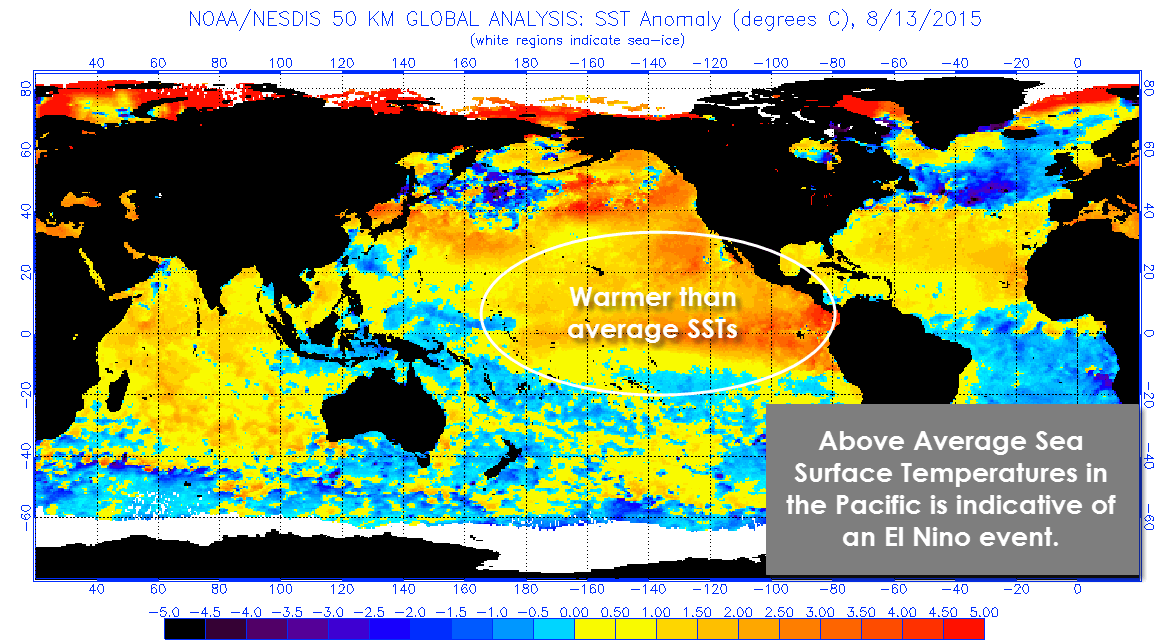
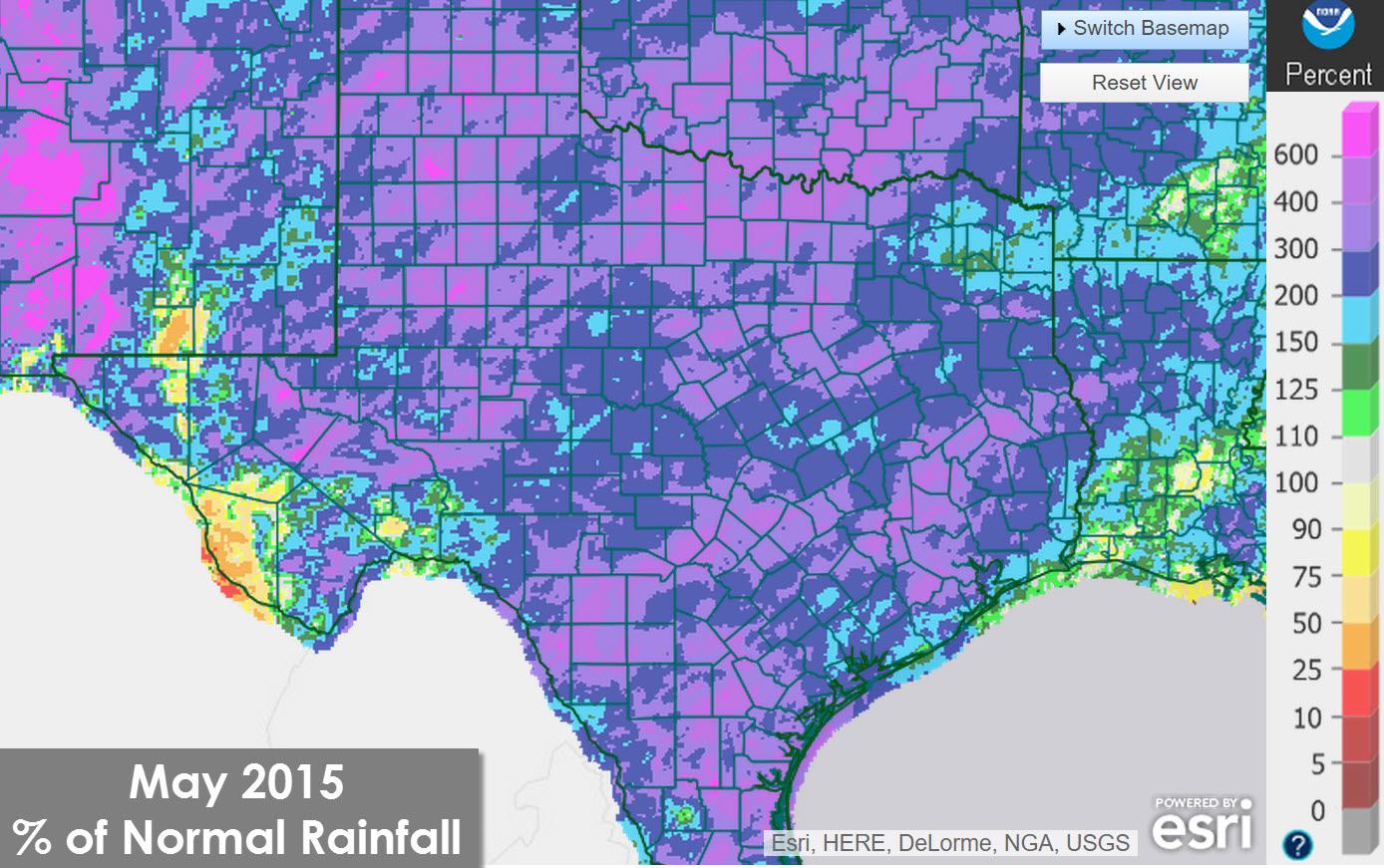
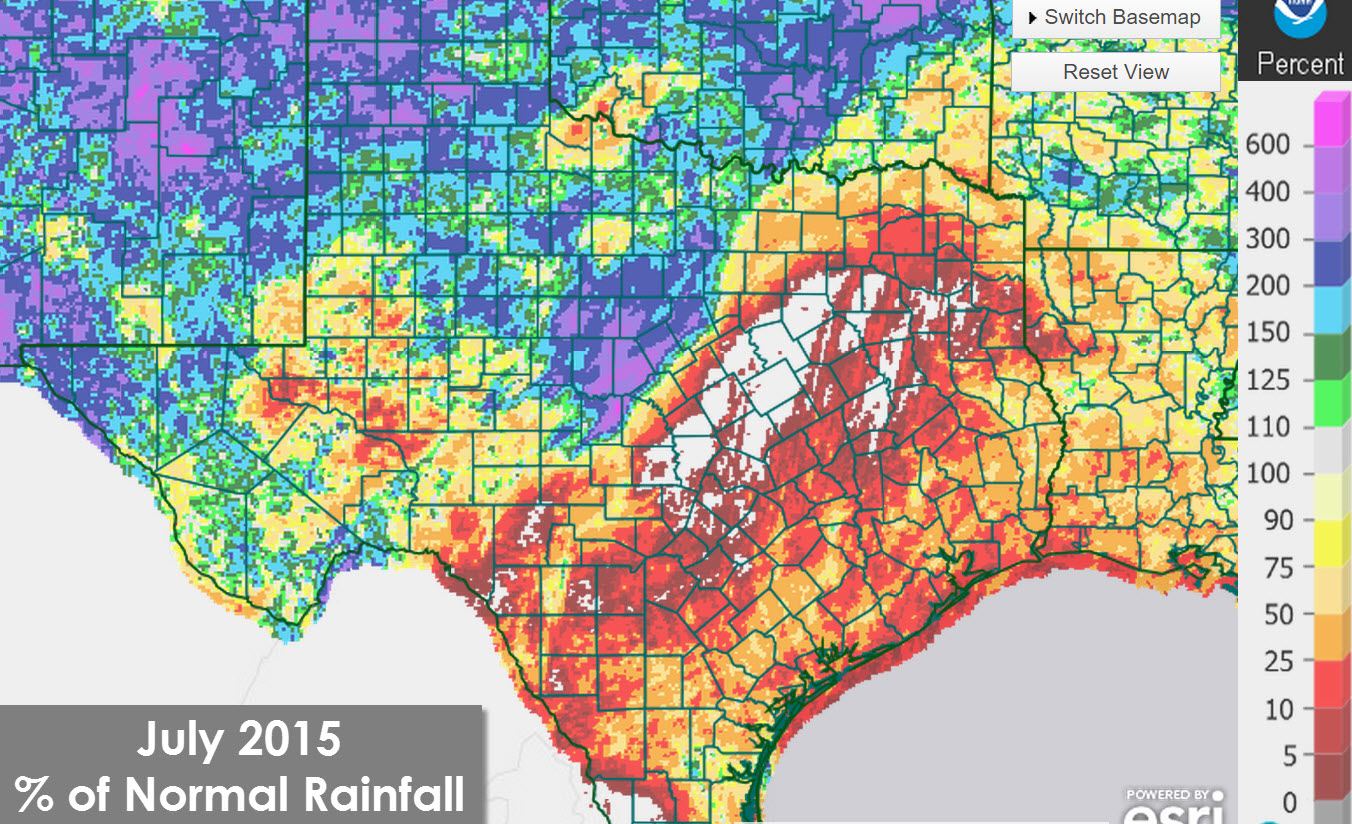
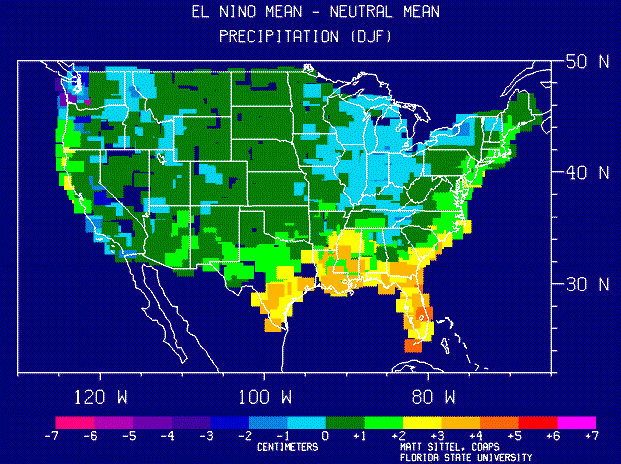

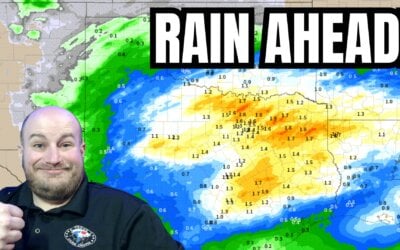
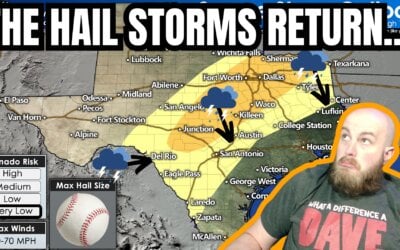
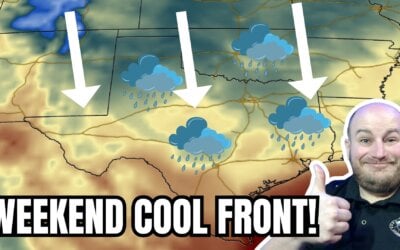
0 Comments